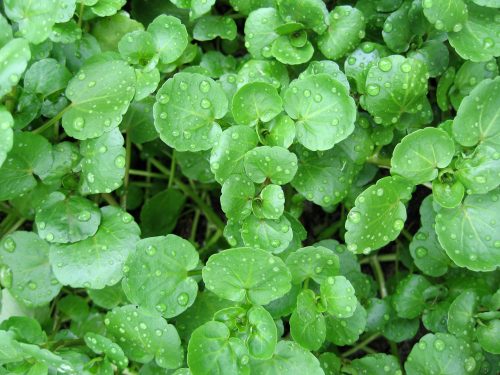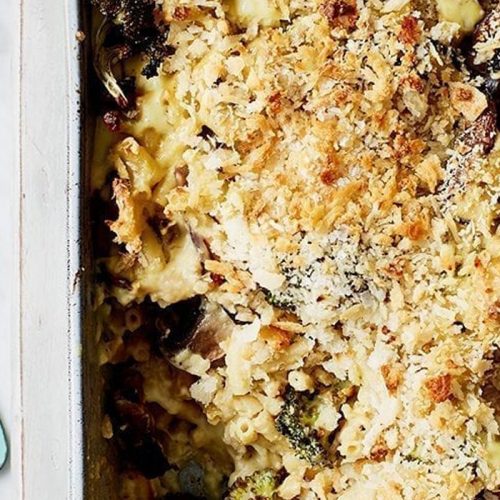
Buying
Watercress is a member of the cruciferae (mustard) family and it can be found growing wild in New Zealand waterways. When buying watercress, look for a deep-green coloured plant with no yellow leaves.
Storing
Watercress is delicate and highly perishable. It will keep for up to two days in the fridge in a plastic bag or container. Or keep stems in water and leaves in a plastic bag.
Preparation
The whole watercress plant is edible. Discard yellow leaves, trim the roots and wash the rest carefully. The leaves, stems and flowers have a mustardy bite and usually a sharp, peppery taste.
Nutrition
Watercress has one of the highest concentrations of glucosinolates per gram of any vegetable, and it contains high concentrations of carotenoids. These phytochemicals have been associated with a range of cancer-fighting properties and antioxidant activities. As watercress is usually eaten raw, the enzyme involved in converting the glucosinolates to other useful compounds remains at high levels.
4 quick ways with watercress
- Swap basil with watercress next time you make pesto for a tasty variation – delicious stirred through pasta.
- Make watercress soup: gently fry 1 chopped onion. Add 1 chopped potato, watercress and stock. Simmer for 15 minutes, then process in a blender and season with salt and freshly ground black pepper to taste.
- For a quick quiche filling, whisk 2 eggs with 100ml trim milk. Season, then add chopped watercress, tomatoes and grated cheese. Pour filling over base. Cook for 20 minutes.
- A watercress and egg sandwich is a classic: mash 1 boiled egg with some reduced-fat mayonnaise and seasoning. Spread over wholemeal bread and top with chopped watercress.
Did you know? Watercress is one of the oldest green vegetables. Its use (and benefits) have been traced as far back as ancient Greece.
www.healthyfood.com










